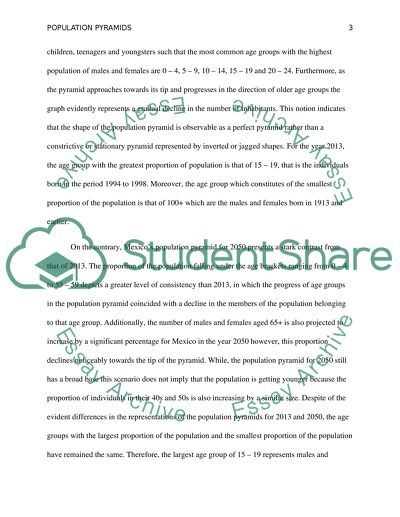Cite this document
(“Mexico Population Pyramid in 2013 vs. 2050 Essay”, n.d.)
Mexico Population Pyramid in 2013 vs. 2050 Essay. Retrieved from https://studentshare.org/health-sciences-medicine/1482699-mexico-population-pyramid-in
Mexico Population Pyramid in 2013 vs. 2050 Essay. Retrieved from https://studentshare.org/health-sciences-medicine/1482699-mexico-population-pyramid-in
(Mexico Population Pyramid in 2013 Vs. 2050 Essay)
Mexico Population Pyramid in 2013 Vs. 2050 Essay. https://studentshare.org/health-sciences-medicine/1482699-mexico-population-pyramid-in.
Mexico Population Pyramid in 2013 Vs. 2050 Essay. https://studentshare.org/health-sciences-medicine/1482699-mexico-population-pyramid-in.
“Mexico Population Pyramid in 2013 Vs. 2050 Essay”, n.d. https://studentshare.org/health-sciences-medicine/1482699-mexico-population-pyramid-in.


